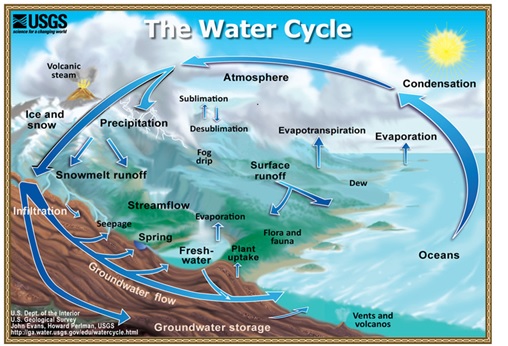Groundwater Capacity Use Areas - Waccamaw
Capacity Use Program: Waccamaw
On June 22, 1979, the South Carolina Water Resources Commission declared the whole of Georgetown County and Horry County as the Waccamaw Capacity Use Area (Waccamaw Area). The Waccamaw Area was the first of the six currently declared Capacity Use Areas in South Carolina.


